Biting and Swallowing Mechanism of Snake
Biting and Swallowing
Mechanism of Snake
The truly poisonous snakes are provided with a pair of poison
glands which are specialized salivary glands that manufacture poison. The glands
are situated one on either side of the upper jaw. Each gland is sac-like and
continues anteriorly into a narrow duct, the poison duct, which opens at the
base of the fang. The poison gland is kept in position by means of two
ligaments. The anterior end of the poison gland is attached to the maxilla by
an anterior ligament, while a posterior ligament passes between the gland and
quadrate bone of the skull. Between the lateral sides and junction of squamosal
and quadrate are present fan-shaped ligaments. The paired fangs are sharply
pointed and grooved and are actually enlarged maxillary teeth. They act as
syringe and inject poison into the victim. The fangs are regenerated when lost
or destroyed. The fangs may be of open type or closed type. When the poison
groove is open it is called open type (as in cobra) and in closed type the
groove runs like a tunnel through the length of the fang (viper) having two
apertures, one at each end.
The fangs of Snake are of three types:
1. When the fangs are situated at the posterior end of the
maxillae, they are known as opisthoglyphous. Snakes having such fangs are slightly
poisonous.
2. When the fangs are situated at the anterior end of the elongated
maxillae, they are called proteroglyphous. Highly poisonous snakes like king cobra,
kraits, sea snakes, etc. have such type of fangs.
3. When the maxillae are short and have only the poison fangs with
narrow grooves then the fangs are called solenoglyphous. Such fangs are long
and when not in use, they remain folded under the roof of the mouth, as in
vipers and pit vipers.
The biting habit has brought about structural modifications in
the skull bones and jaw which together constitute the biting apparatus. The concerned
bones are - the maxilla, squamosal, quadrate, pterygoid, palatine and
ectopterygoid or transverse. The maxilla is usually reduced and freely movable.
It can rotate on its lachrymal joint clockwise and the connected fangs can be
erected into a vertical position. The maxilla is also attached to pterygoid by
ectopterygoid. The squamosal is horizontal and is attached to the cranium on
the one hand, and on the other to the quadrate. The quadrate suspends the lower
jaw and their junction acts as fulcrum for the rotational movement. Teeth may
be present on the palatine, pterygoid and upper and lower jaws. The biting
mechanism is a rather complicated process and may be discussed under the
following four heads.
1. Opening of the Mouth: In resting condition the
mouth remains closed and the fangs lie incurved within the mouth. At this time
the posterior end of quadrate lies ahead of the posterior end of pterygoid. When
the snake is ready to strike, the mouth opens by the contraction of digastrics muscles
as a result of which the lower jaw is depressed.
2. Rotation of Maxilla: As the mandible is
lowered the distal end of the quadrate is thrust forward, consequently pushing
forward the pterygoid and ectopterygoid bones also. This action is aided by the
contraction of sphenopterygoid muscles. The forward and upward movement of the
ectopterygoid brings about the rotation of the maxilla and the fangs become
erected into a vertical position.
3. Closure of the Mouth: This is brought about by
the contraction of the temporalis muscles pulling up the lower jaw. As the
mouth closes the fangs are inserted into the body of the prey.
4. Injection of Venom: As the fangs are
pierced, the masseter muscles contract and squeeze the poison gland forcing the
poison through the fang. The fan-shaped ligaments also come into play at this
time and help in squeezing the poison.
The biting apparatus is so constructed that all the actions take
place automatically. With the raising of lower jaw all the related bones are
brought to their normal position. The time taken in opening the mouth is longer
than the time taken in closing it.
Snakes are capable of swallowing very large animals through
their mouth gape which can be widened enormously. This is possible because of
the peculiar structure of the skull. In snakes the skull is kinetic, that is,
the two maxillae are able to move in relation to the rest of the cranium. The upper
jaw is loosely attached to the skull and freely movable. The quadrate which
suspends the jaws (streptostyly) is loosely attached to pterygoids and lower
jaw. Muscles known as the levator and protractor pterygoidei raise the
pterygoids and pull them forwards and inwards, so that the prey is held between
them. The two rami of the lower jaw are separate anteriorly, but are connected
by an elastic ligament which allows much expansion of lower jaw. Thus the
lowering of the lower jaws and forward movement of reduced upper jaws bring
about great expansion of mouth gape enabling snakes to swallow large animals. The
brain case is protected underneath by large parasphenoid bone, so that the
brain cannot be injured by the struggling prey. The contraction of the
pharyngeal muscles present in the region of the throat propels the prey
backwards. The skin of the throat is greatly distensible and a prey much wider
than snake`s head can be swallowed. The absence of pectoral girdle and sternum
also facilitates the process of swallowing.
Reference
Also See
• Parrots
• Bats
• Bears
• Birds
©
Don`t Kill Creatures of
Nature, You have No Right to Do That
Being Vegetarian, Love
Creature of Nature
Live and Give Space for
another Life
Save Nature
Love Nature



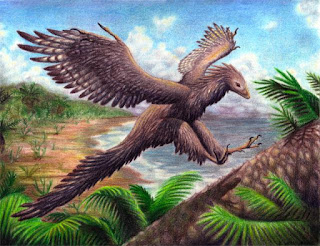
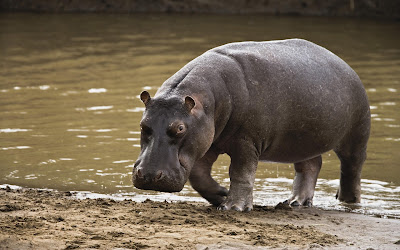
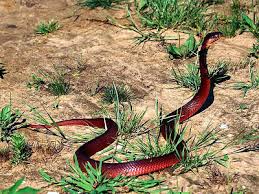


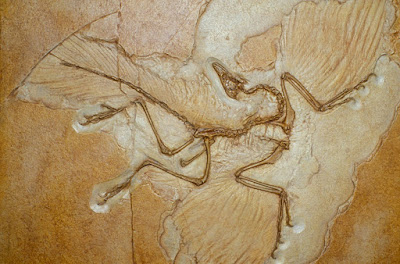

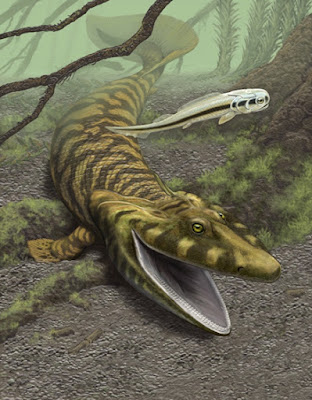
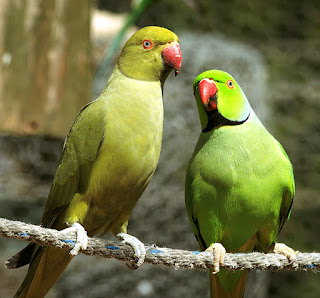
Good day! This is kind of off topic but I need some advice from an established blog.
ReplyDeleteIs it very hard to set up your own blog? I'm not very techincal but I can figure things out pretty fast.
I'm thinking about setting up my own but I'm not sure where to start.
Do you have any ideas or suggestions? Many thanks
You can go with blogger or wordpress with your quality content. All is easy, just need little focus.
DeleteI loved as much as you will receive carried out right here.
ReplyDeleteThe sketch is attractive, your authored material stylish.
nonetheless, you command get got an impatience over that you
wish be delivering the following. unwell unquestionably
come further formerly again since exactly the same nearly a lot often inside
case you shield this hike.
Thank you!
ReplyDeleteSnake are dangerous but still they are nature's creature. Save them. Nyc article.
ReplyDeleteGood Article.
ReplyDeleteOphidiophobia is a limit, overpowering feeling of dread toward snakes. The condition is known as a particular fear (dread), which is a sort of tension problem. Ophidiophobia might be related with herpetophobia, which is dread, all things considered. Many individuals are to some degree unfortunate of snakes
ReplyDeleteIf you want to know more, Please check out here - Animal Names
Cool
ReplyDelete